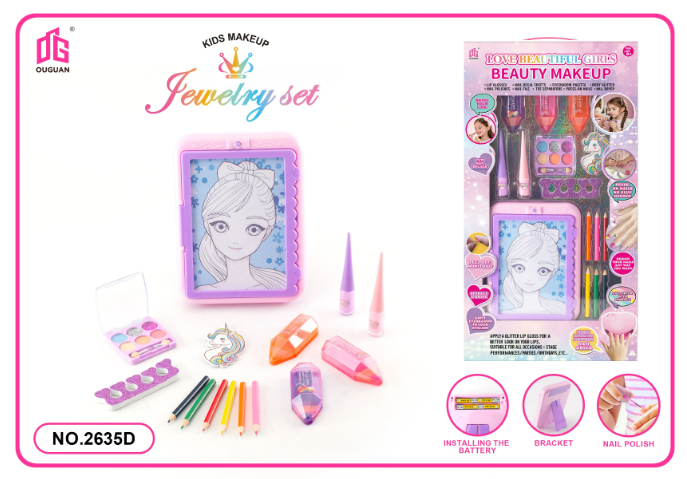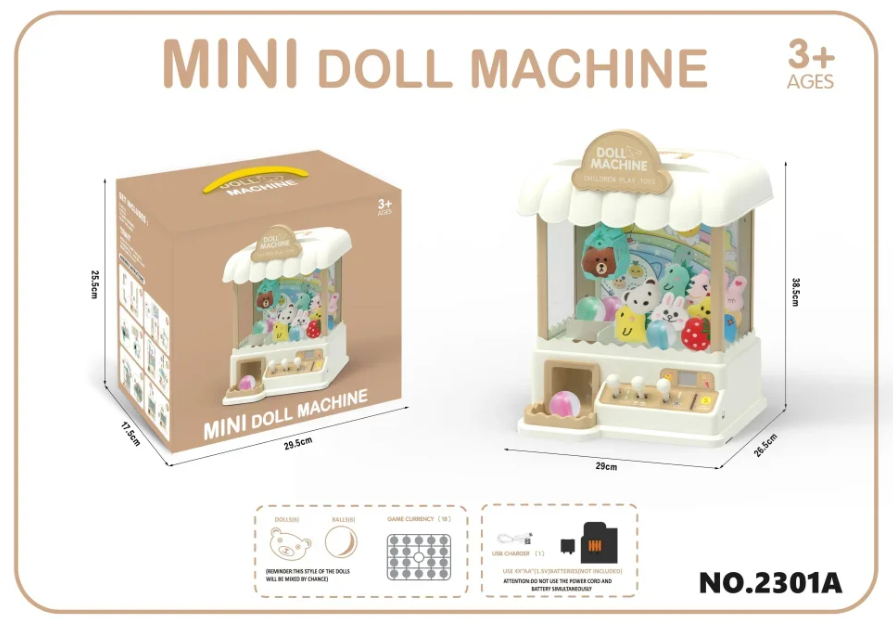Streetwear has evolved from a niche subculture into a global fashion powerhouse, influencing not only clothing but also music, art, and lifestyle. As brands like Supreme, Off-White, and A Bathing Ape continue to dominate the market, understanding the target audience for streetwear becomes crucial for brands, marketers, and enthusiasts alike. This article delves into the demographics, psychographics, and cultural influences that shape the streetwear audience, providing insights that can help stakeholders navigate this dynamic landscape.
Demographics: Age, Gender, and Income
- Age Group: The Youthful Core
The primary demographic for streetwear is predominantly young people, typically aged between 16 and 30. This age group is characterized by a strong desire for self-expression and individuality, often seeking styles that resonate with their personal identity. The rise of social media platforms like Instagram and TikTok has further amplified this trend, allowing younger audiences to showcase their unique styles and connect with like-minded individuals.
- Gender Fluidity: Breaking Traditional Norms
While streetwear has historically been male-dominated, the landscape is shifting towards a more inclusive approach. Brands are increasingly recognizing the importance of gender fluidity, creating unisex collections that appeal to a broader audience. This shift not only reflects changing societal norms but also opens up new market opportunities for brands willing to embrace diversity.
- Economic Factors: The Affluent Youth
Streetwear often comes with a hefty price tag, positioning it as a luxury segment within the fashion industry. As such, the target audience typically includes individuals with disposable income, often from middle to upper-middle-class backgrounds. However, the rise of resale markets has democratized access to streetwear, allowing a wider range of consumers to participate in this fashion movement.
Psychographics: Values, Interests, and Lifestyle
- Cultural Influences: The Power of Community
Streetwear is deeply rooted in urban culture, drawing inspiration from skateboarding, hip-hop, and graffiti art. The target audience is often characterized by a strong sense of community and belonging, with many individuals identifying closely with the cultural movements that birthed streetwear. This connection fosters brand loyalty, as consumers are more likely to support brands that resonate with their cultural values.
- The Desire for Authenticity: A Key Driver
In an age of fast fashion and mass production, authenticity has become a significant value for streetwear consumers. The target audience seeks brands that tell a story, whether through limited-edition drops, collaborations with artists, or sustainable practices. This desire for authenticity drives consumers to engage with brands that align with their values, making it essential for streetwear labels to cultivate a genuine narrative.
- The Influence of Social Media: A Double-Edged Sword
Social media plays a pivotal role in shaping the interests and behaviors of the streetwear audience. Platforms like Instagram and TikTok not only serve as marketing tools but also as spaces for community engagement and trendsetting. However, the rapid pace of social media can create a paradox where trends become fleeting, pushing brands to constantly innovate to capture the attention of their audience.
Cultural Context: Globalization and Local Identity
- The Global Appeal of Streetwear
Streetwear transcends geographical boundaries, appealing to a global audience. However, the cultural context in which it is consumed varies significantly. For instance, while American streetwear may emphasize skate culture, Asian streetwear often incorporates elements of traditional fashion, creating a unique fusion that resonates with local consumers. Brands must navigate these cultural nuances to effectively engage with diverse audiences.
- The Role of Collaborations and Limited Releases
Collaborations between streetwear brands and high-fashion labels or celebrities have become a hallmark of the industry. These partnerships not only elevate brand visibility but also attract a wider audience, including those who may not traditionally identify with streetwear. Limited releases create a sense of urgency and exclusivity, appealing to consumers' desire for unique, hard-to-find pieces.
Conclusion: The Future of Streetwear's Target Audience
As streetwear continues to evolve, so too will its target audience. Brands that remain attuned to the shifting demographics, psychographics, and cultural influences will be better positioned to thrive in this competitive landscape. Understanding the complexities of the streetwear audience is not just about identifying who they are but also about recognizing their values and aspirations. By fostering authentic connections and embracing diversity, brands can cultivate a loyal following that transcends mere consumerism, transforming streetwear into a powerful cultural movement.



